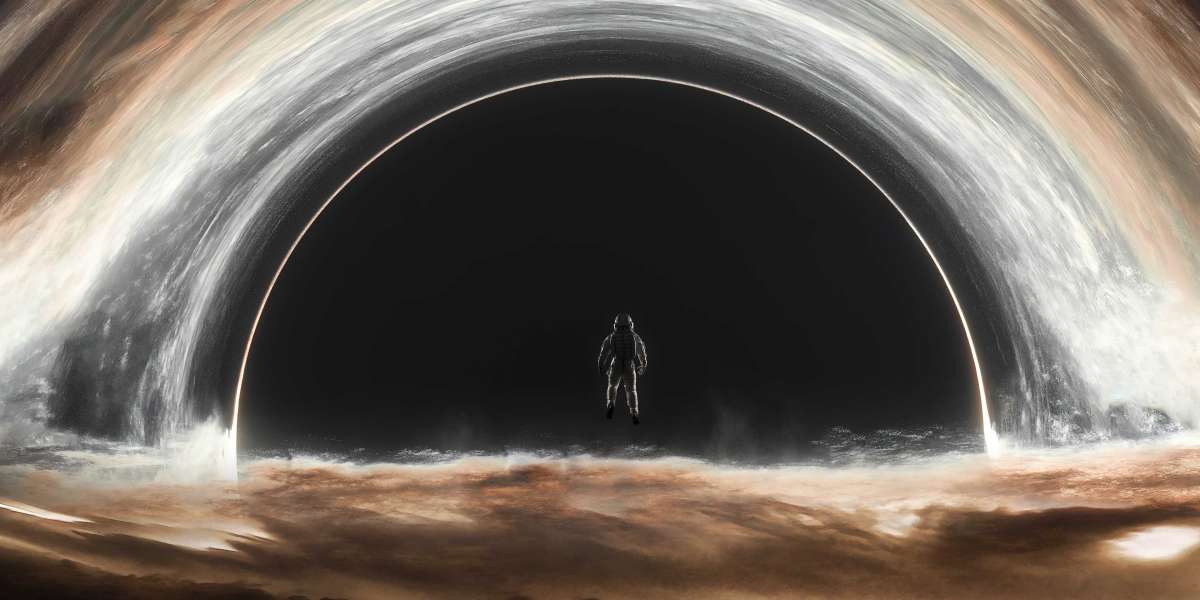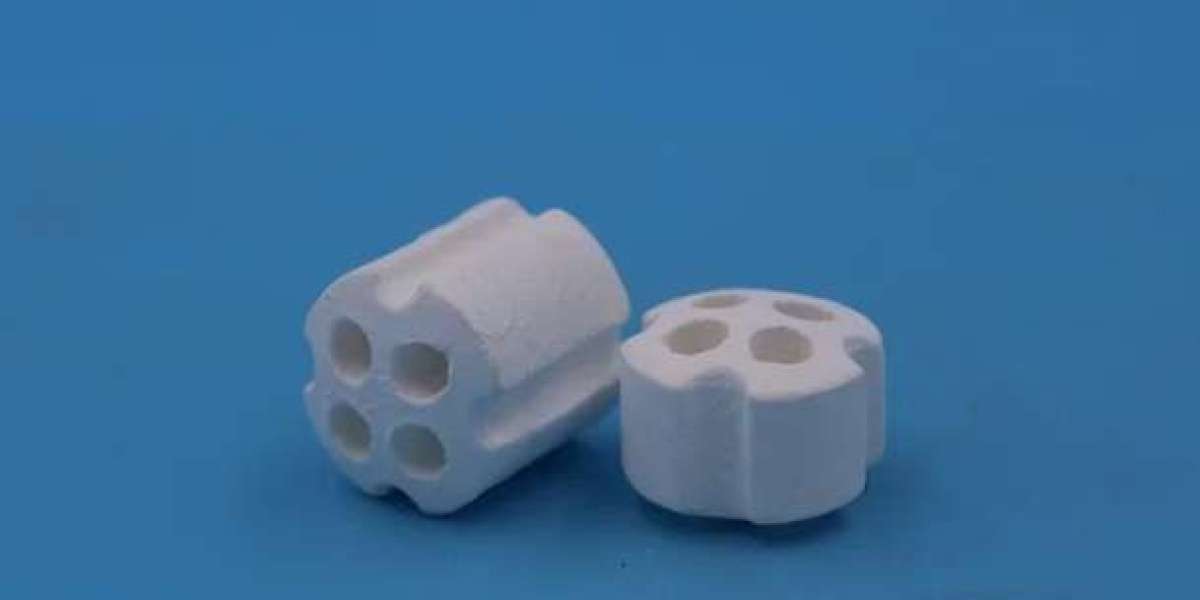
Deer cam, as the name suggests, is a camera that is designed specifically for capturing images and videos of deer in their natural habitat. These cameras have become increasingly popular among hunters and wildlife enthusiasts who are interested in observing the behavior of deer. While the idea of a deer cam may seem simple, the technology behind it is actually quite complex. In this article, we will take a look at the science behind the success of deer cams.
The Technology Behind Deer Cams
At their core, deer cams are essentially trail cameras that are designed to capture images and videos of deer. The first generation of deer cams consisted of little more than a basic camera mounted on a tripod. However, as technology advanced, so too did the capabilities of deer cams.
Modern day deer cams are designed to be durable, weather-resistant, and long-lasting. They are typically equipped with motion sensors that trigger the camera to take a photo or video when it senses movement. Many deer cams also have infrared sensors which allow them to capture images in low-light conditions, such as at night.
The Science of Capturing Deer Behavior
One of the key advantages of deer cams is that they allow wildlife enthusiasts and hunters to observe the behavior of deer without disturbing them. By capturing images and videos of deer in their natural habitat, researchers are able to gain valuable insights into the behavior and patterns of these elusive animals.
However, capturing high-quality images and videos of deer can be a challenging task. Deer are notoriously skittish and are easily spooked by sudden movements or sounds. To ensure that deer cams capture accurate and useful footage, researchers must carefully consider the placement and positioning of their cameras.
One important aspect of this is making sure that the camera blends in with its surroundings. If a camera looks out of place, it is much more likely to spook deer and other wildlife. Additionally, researchers must consider the angle of the camera, as well as the distance between the camera and the subject. Too close, and the camera may be visible to the deer. Too far away, and the images may not be clear enough to be useful.
The Importance of Data Analysis
One important aspect of deer cam technology is the ability to capture large amounts of data. Modern day deer cams are designed to capture thousands of images and videos over long periods of time. However, without the ability to analyze this data, it would be of little use.
By analyzing the images and videos captured by deer cams, researchers are able to gain valuable insights into the behavior of deer. For example, they may be able to identify feeding patterns, mating behaviors, and other activities that would be difficult to observe directly.
The Future of Deer Cam Technology
As technology continues to advance, the capabilities of deer cams will likely continue to improve. Already, some deer cams are equipped with GPS technology that allows researchers to track the movements of individual deer. In the future, it is possible that deer cam technology may be able to capture even more detailed information about the behavior and habits of deer.
However, it is important to remember that despite the advances in technology, deer cams are still just one tool that researchers and wildlife enthusiasts can use to study and observe deer. These tools should be used in conjunction with other methods of research and observation to gain a comprehensive understanding of these fascinating animals.
Conclusion
Deer cams have become an invaluable tool for researchers and wildlife enthusiasts who are interested in observing the behavior of deer. With their advanced technology and ability to capture large amounts of data, deer cams have helped to shed light on the habits and patterns of these elusive animals. As technology continues to advance, it is likely that deer cam technology will continue to improve, providing even more detailed insights into the behavior of deer and other wildlife.








